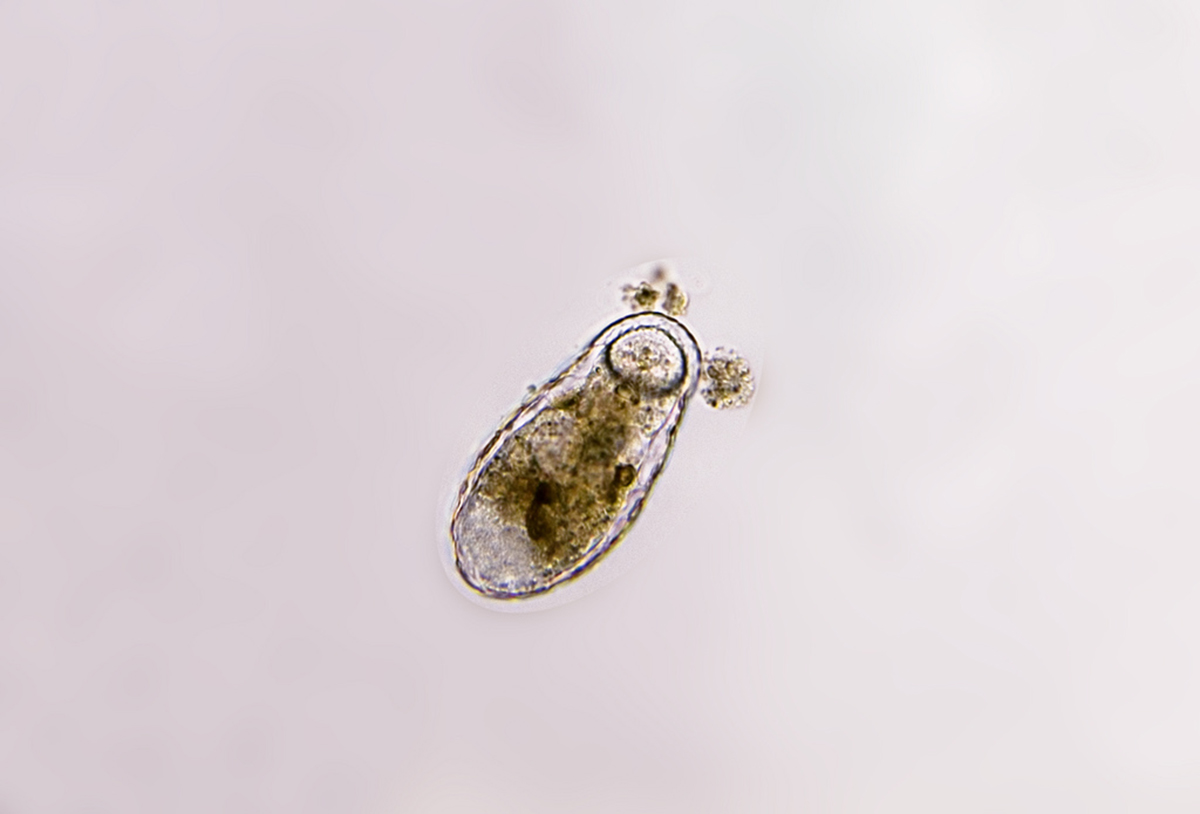Table of Contents
The melting of the permafrost in lands around the Arctic Ocean has reawakened viruses frozen for tens of thousands of years. Their effects on people and animals are not yet known.
Viruses of all kinds survive by hijacking cells of living organisms. Abergel notes that not just one but four families of giant viruses have now been discovered in the permafrost, and that scientists really don't know whether a virus that attacks humans is waiting to be unearthed.
Just as ominously, the microbes that the already-discovered viruses infect could be a source of disease. It was the discovery that free-living amoebae were the reservoir of Legionella pneumophila, the agent of Legionnaires' disease, that led to the discovery of the viruses that in turn infect amoebas.

Abergel and her colleagues warned in their recently published paper in the Proceedings of the National Academy of Science:
"Our finding suggests that prehistory 'live' viruses are not a rare occurrence." Moreover, Abergel and her colleagues say, "we cannot rule out that distant viruses of ancient Siberian human populations could re-emerge as Arctic permafrost layers melt and/or are disrupted by industrial activities."
The fear is that mining, drilling, and building in the Arctic will turn up some virus that infected, or maybe even wiped out, Ice Age Siberians. Diseases like smallpox, which are currently thought to be eradicated, could erupt once again and kill even more millions than they did before their eradication.
Just how plausible is the idea that some virus deadly to humans is lurking in the tundra?
- Most viruses don't survive freezing in ice. They are either coated with a layer of lipids that breaks down over the centuries, or they don't have a coiling configuration that protects them against the formation of ice crystals. Some of the most deadly viruses, such as HIV, can't survive this kind of freezing.
- There are, however, a few viruses that survive in frozen food, such as the virus that causes hepatitis A. There could be an ancient hepatitis virus waiting to be released to which modern humans have no immunity and for which there will be no medical treatments. Even more chillingly, the smallpox virus was discovered in a 300-year-old frozen body in Siberia in 2012.
- Dry, dessicated viruses may also harbor dangerous viruses. An AIDS-like virus, HTLV-1 (human T-cell leukaemia virus type-1) has been found in 1,500 year old mummies excavated in the Atacama desert of Chile. The 400-year-old mummy of a child discovered in Korea was found to harbor intact hepatitis B viruses.
Ancient frozen or dried bodies and deep deposits of frozen soil are not the only places viruses can hide. Viruses can also infect species other than humans, biding their time until they are transferred to a human host. Famously, the flu viruses travel from hogs to chickens and ducks to migrating birds and humans every couple of years in a well-documented cycle. The viruses that cause herpes, genital warts,AIDS, Ebola, SARS, encephalitis and respiratory disease caused by henipaviruses can also cross between animals and people. As fewer and fewer truly wild places remain, more and more encounters between people and wild animals will be followed by viral infections. As the permafrost melts, horrific plagues may emerge.
- Legendre M, Lartigue A, Bertaux L, Jeudy S, Bartoli J, Lescot M, Alempic JM, Ramus C, Bruley C, Labadie K, Shmakova L, Rivkina E, Couté Y, Abergel C, Claverie JM. In-depth study of Mollivirus sibericum, a new 30,000-y-old giant virus infecting Acanthamoeba. Proc Natl Acad Sci U S A. 2015 Sep 8. pii: 201510795. [Epub ahead of print] PMID: 26351664.
- Photo courtesy of synchroswimr via Flickr: www.flickr.com/photos/synchroswimr/892983773
- Photo courtesy of deltareplexer via Flickr: www.flickr.com/photos/100053028@N05/9925768876

